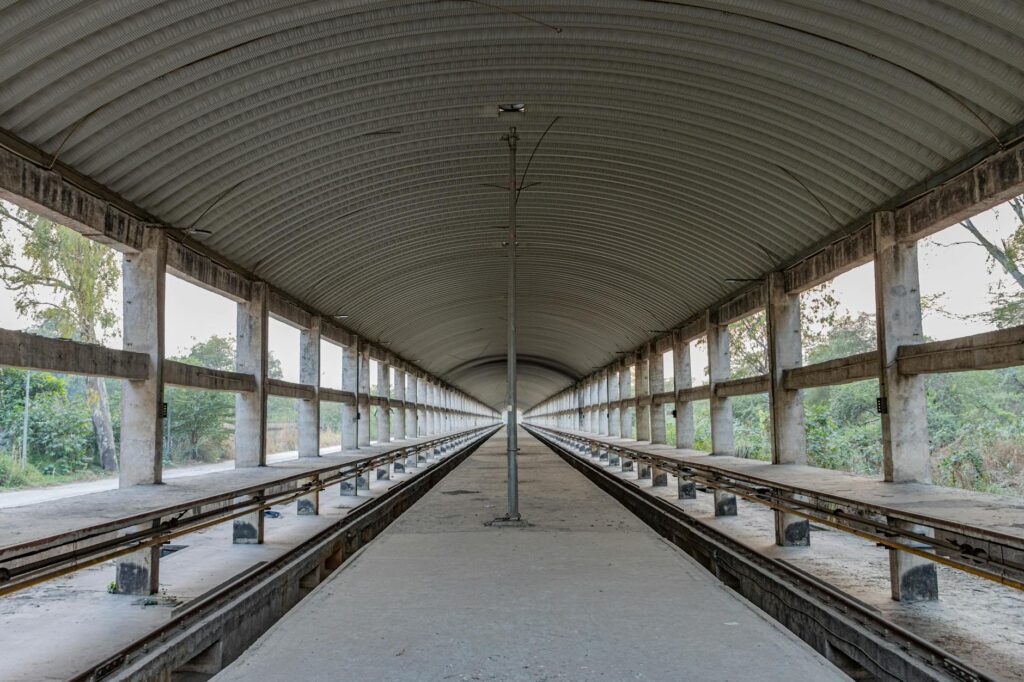Vande Bharat vs. Other Trains: The Real Money-Maker for Indian Railways
Let’s be honest—when you think of Indian Railways these days, the first thing that pops into your head is probably the shiny Vande Bharat Express. It’s everywhere—on the news, in ads, even in political speeches. But here’s the thing: while Vande Bharat gets all the attention, there’s another train quietly raking in more cash for the railways. And no, it’s not what you’d expect.
Vande Bharat: The Flashy New Kid on the Block
Why Everyone’s Talking About It
You can’t miss a Vande Bharat train if you see one—sleek, modern, and fast (well, faster than most Indian trains). It’s got Wi-Fi, those fancy bio-toilets that don’t stink up the whole coach, and seats that don’t leave your back aching after a 5-hour journey. Perfect for business travelers and tourists who don’t mind paying extra for comfort.
But here’s the catch: all that glitters isn’t gold when it comes to revenue. Sure, Vande Bharat looks great on posters, but it’s not the cash cow people think it is. Limited routes and those premium ticket prices mean fewer people actually ride it compared to other trains.
The Real MVP: Rajdhani Express
Why Rajdhani Wins Where It Matters
Now this is where things get interesting. The Rajdhani—connecting big cities like Delhi, Mumbai, Kolkata—is the workhorse of Indian Railways. Always packed, no matter the season. I took one last month from Delhi to Mumbai, and let me tell you, finding an empty seat was impossible.
How It Makes More Money
Rajdhani hits that sweet spot—not as cheap as regular trains, but not as expensive as Vande Bharat. Plus, they’ve got this smart system: the food’s included in your ticket (and it’s actually decent), and those AC first-class cabins? Always booked solid. That’s where the real money is.
Putting Them Side by Side
Ticket Prices: The Real Story
Here’s how it works: A Vande Bharat ticket from Delhi to Chandigarh might cost ₹1,500 for a 3-hour ride. But a Rajdhani ticket from Delhi to Mumbai? About ₹3,000 for a 16-hour journey. Do the math—more hours, more distance, more money in Railways’ pocket.
Bums on Seats
Rajdhanis run at 90-100% occupancy year-round. Vande Bharat? More like 70-80%, and that’s on good days. When I asked a ticket checker about this, he just laughed and said, “People need to go long distances more than they need fancy toilets.” Can’t argue with that logic.
Other Big Earners You Might Not Know About
Shatabdi: The Daytime Money Machine
Ever taken the Delhi-Chandigarh Shatabdi? It’s like a Rajdhani that comes home for dinner. Business folks love it—leave in the morning, do your meetings, and you’re back by night. Runs full almost every trip.
Duronto: The Non-Stop Cash Register
No stops means happier passengers and quicker turnarounds. The Mumbai-Howrah Duronto is always packed with people who’d rather sleep on a train than deal with airport security.
How Railways Actually Makes Its Money
The Price Goes Up When You Really Need To Travel
Ever noticed how train tickets cost more during Diwali? That’s not an accident. Railways jacks up prices when they know you’ve got no choice but to travel. Smart, if you ask me.
All the Little Extras
From those overpriced chips they sell onboard to ads plastered everywhere—even on your ticket—they’re making money in ways most passengers don’t even notice.
What’s Next for Railways’ Wallet?
More Fancy Trains Coming
They’re planning to launch more Vande Bharat routes, maybe even let private companies run some. Could work, but only if they don’t price out regular travelers.
Getting Smarter About It
Imagine if they could predict exactly how many seats to sell at what price? They’re working on that. Also—fingers crossed—maybe someday the trains will actually run on time.
The Bottom Line
Look, Vande Bharat is cool and all, but when it comes to keeping the railways’ lights on, it’s the Rajdhani that’s doing the heavy lifting. Old reliable beats shiny new every time when money’s involved. So next time you’re booking tickets, think about which train is really keeping Indian Railways chugging along!
Source: News18 Hindi – Nation

